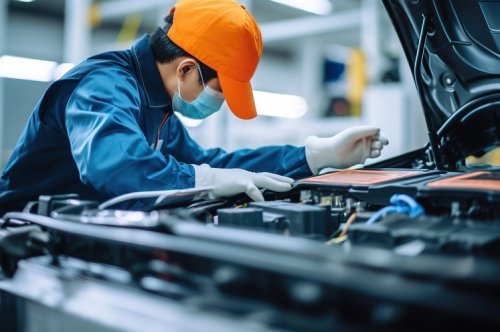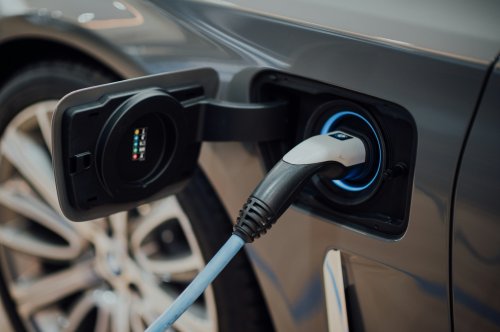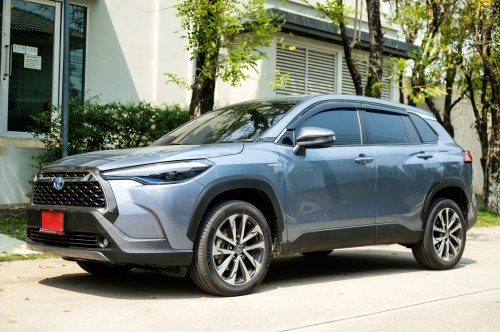Car Maintenance and DIY Tips: A Comprehensive Guide for Vehicle Owners

Introduction
Owning a car brings convenience, freedom, and a sense of responsibility. Regular maintenance is essential to ensure your vehicle remains reliable and safe. While some car issues require professional attention, there are many do-it-yourself (DIY) tasks you can perform to keep your car in excellent condition. In this article, we'll explore car maintenance and DIY tips to help you save money, extend your vehicle's lifespan, and enhance your automotive knowledge.
- Routine Inspections
Regular inspections are the foundation of good car maintenance. Here are some key areas to check:
- Tire Pressure: Proper tire pressure ensures the safety and fuel efficiency. Use a tire gauge to check and adjust the pressure as needed, following the manufacturer's recommendations.
-
Fluid Levels: Regularly check engine oil, transmission fluid, coolant, brake fluid, and power steering fluid levels. Top off or replace fluids as necessary.
-
Lights: Ensure that all exterior lights are working correctly. Replace any burnt-out bulbs promptly.
- Brakes: Pay attention to brake performance. Inspect the brake pads and rotors for wear if you hear squeaking or experience reduced braking effectiveness.
- Oil Change
Changing your car's oil is one of the most critical maintenance tasks. It lubricates the engine, prevents overheating, and removes contaminants. Here's a basic guide:
- Locate the Drain Plug and Oil Filter: Consult your car's manual to find the oil drain plug and filter. You'll need an oil filter wrench and a drain pan.
- Warm Up the Engine: Run the engine for a few minutes to warm the oil, making it easier to drain.
-
Drain the Oil: Position the drain pan under the oil pan, remove the drain plug, and let the old oil drain into the pan.
-
Replace the Oil Filter: Use the filter wrench to remove the old filter and replace it with a new one, lubricating the gasket with fresh oil.
-
Refill with Oil: Add the recommended amount and type of oil through the oil filler cap.
-
Dispose of Old Oil Properly: Many auto parts stores accept used oil for recycling.
- Air Filter Replacement
A clean air filter improves engine performance and fuel efficiency. Replacing it is a simple task:
-
Locate the Air Filter Housing: Consult your car's manual to find the air filter housing. It's typically a rectangular or cylindrical box.
-
Remove the Old Filter: Open the housing and remove the old filter. Inspect it for dirt and debris.
-
Replace with a New Filter: Install a new filter and ensure it fits securely.
- Spark Plug Replacement
Spark plugs play a crucial role in igniting the air-fuel mixture in your engine. Replacing them can improve engine efficiency:
-
Locate the Spark Plugs: Refer to your car's manual to find the spark plugs. They are typically connected to thick wires leading to the engine cylinders.
-
Remove the Old Spark Plugs: Use a spark plug socket wrench to remove the old plugs.
-
Install New Spark Plugs: Check the gap on the new plugs and adjust if necessary. Install them and tighten them by hand before using the wrench for a final snug fit.
-
Battery Maintenance
A well-maintained battery ensures reliable starts. Here's how to maintain it:
-
Clean the Terminals: Remove any corrosion or buildup on the battery terminals using a mixture of baking soda and water. Be sure to wear gloves and eye protection.
-
Check Battery Fluid: If your battery is not maintenance-free, check the fluid level and top it off with distilled water if needed.
-
Secure the Battery: Ensure that the battery is securely fastened in place to prevent vibrations and damage.
- Radiator Maintenance
A well-functioning radiator is crucial for engine cooling. Keep it in good shape with these tips:
- Check Coolant Level: Inspect the coolant level in the overflow tank. If it's low, top it off with the appropriate coolant mixture.
-
Inspect for Leaks: Look for signs of coolant leaks, such as puddles under the car or discolored areas on hoses and connections.
- Clean the Radiator: Periodically clean the radiator fins and grille to remove debris and bugs that can obstruct airflow.
- Brake Maintenance
Maintaining your brakes is vital for safety. While brake pad replacement should be left to professionals, you can perform routine checks:
-
Check Brake Fluid: Ensure that the brake fluid level is within the recommended range. If it's low, top it off with the appropriate brake fluid.
-
Inspect Brake Pads: Look through the wheel spokes to inspect the brake pads. If they appear excessively worn, consult a mechanic.
- Transmission Fluid Check
-
Locate the Transmission Dipstick: Refer to your car's manual to find the transmission dipstick.
- Check the Fluid Level: With the engine running and the transmission in "Park," pull out the dipstick, wipe it clean, reinsert it, and then check the fluid level. Top off if needed.
- Wiper Blade Replacement
Having clear visibility during rain or snow is crucial for safe driving. Replace worn wiper blades:
-
Lift the Wiper Arms: Carefully lift the wiper arms away from the windshield.
-
Remove the Old Blades: Release the old wiper blades from the wiper arm, following the manufacturer's instructions.
- Install New Blades: Attach the new wiper blades following the manufacturer's guidelines. Ensure a snug fit.
-
Small Repairs and Troubleshooting
You can often handle the repairs for minor issues like a loose mirror or a broken taillight. Use your car's manual and online resources to troubleshoot and fix these problems.
Conclusion
Car maintenance doesn't have to be daunting or expensive. By performing regular inspections and tackling some of the more straightforward tasks yourself, you can save money, extend the life of your vehicle, and gain valuable automotive knowledge. However, always consult your car's manual and exercise caution when performing DIY maintenance. For complex issues or repairs beyond your expertise, it's best to seek professional assistance to ensure your car remains safe and reliable on the road. Remember, proper car maintenance not only saves you money but also contributes to safer and more efficient driving.







